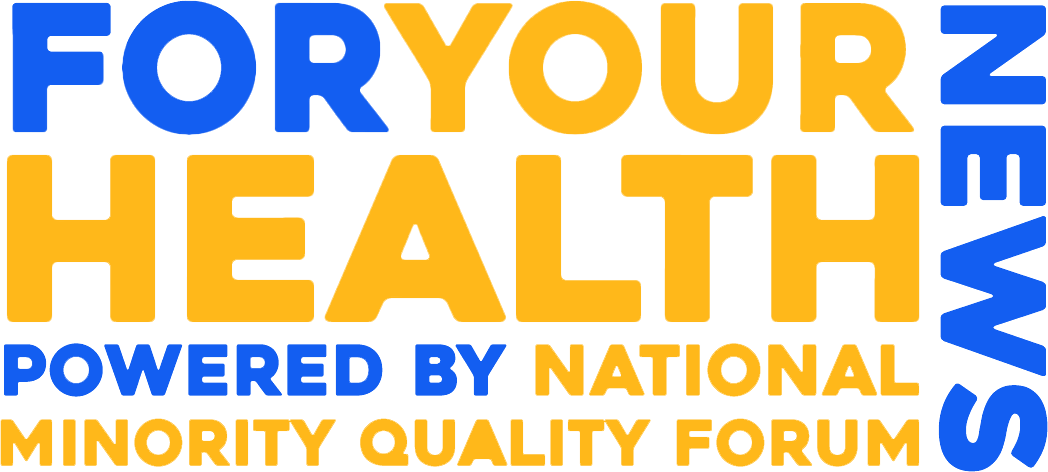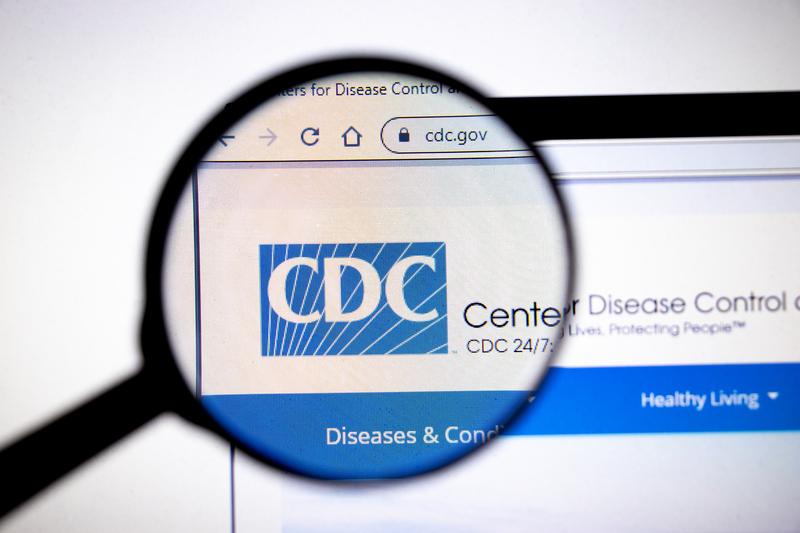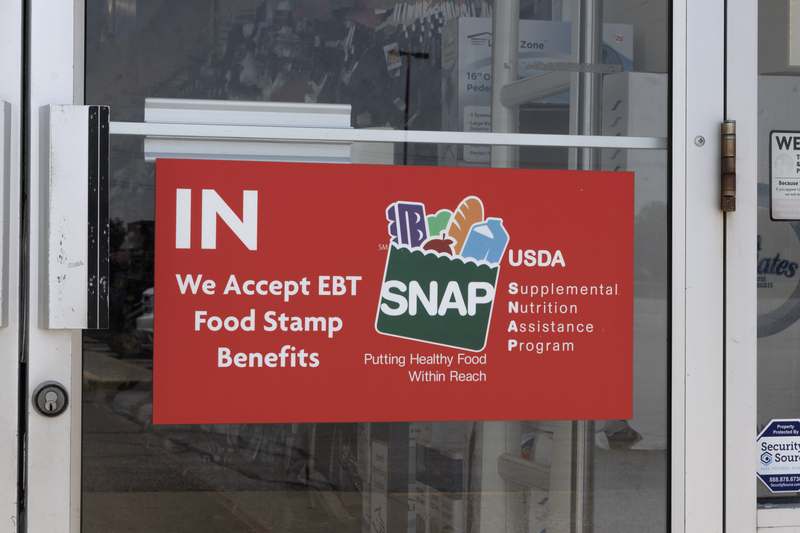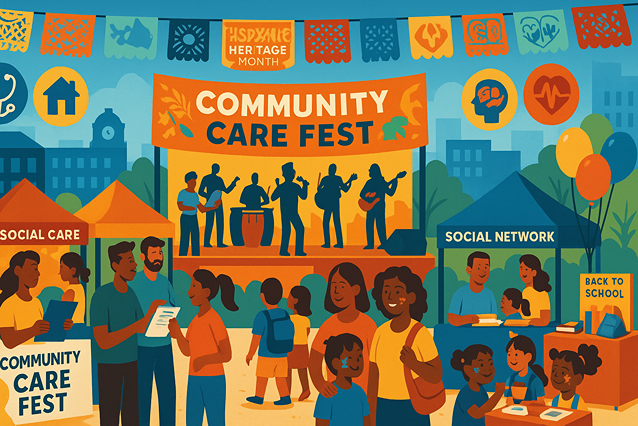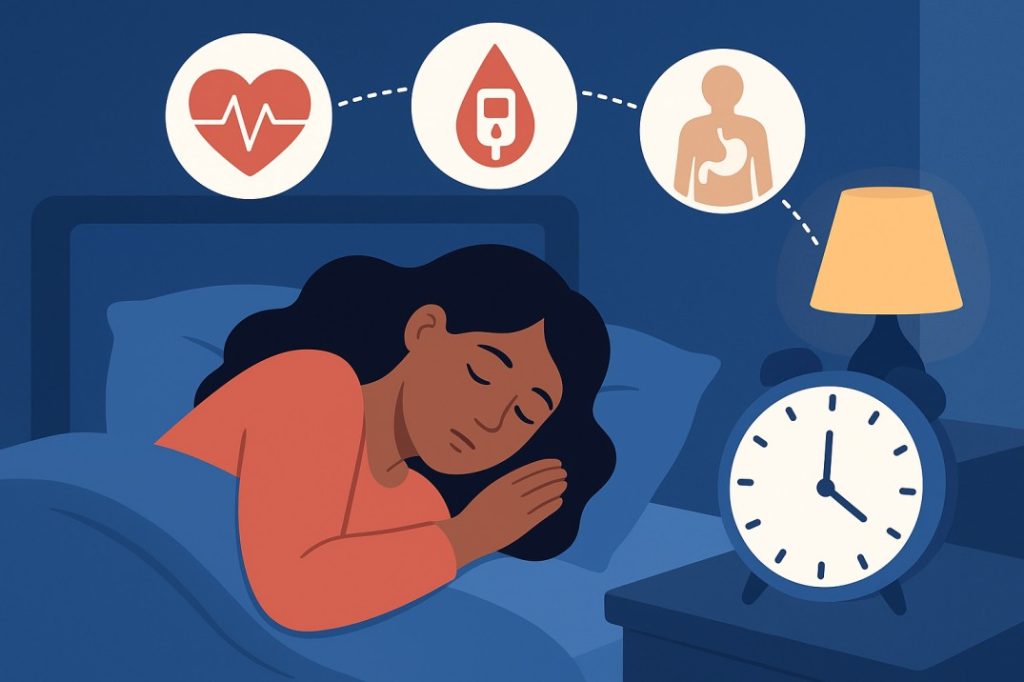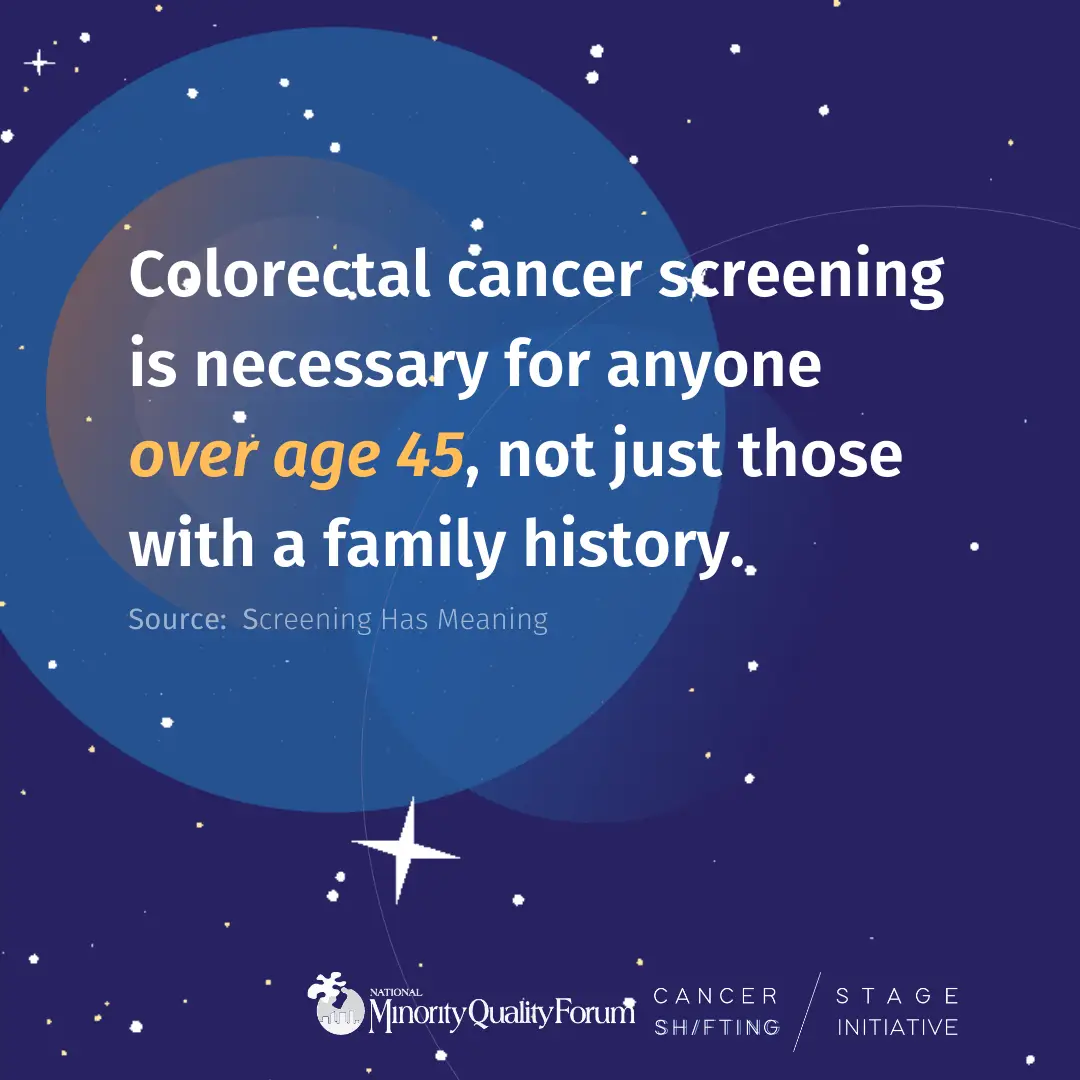- By Subash Kafle

I’ll be honest—there was a time when I believed eating well on a budget was impossible. Organic labels, fancy meal kits, and specialty health foods made it seem like wellness was reserved for people with big bank accounts and plenty of free time.” Organic labels, fancy meal kits, and specialty health foods made it seem like wellness was reserved for people with big bank accounts and plenty of free time. But the truth is, you can eat well and honor your health without breaking your budget. Especially in Black and Latino households, we already have the tools—we just need to reclaim and reframe them.
As someone who grew up in a household where every dollar mattered, I’ve learned to make healthy food choices that feel good, taste amazing, and respect my culture. Here are some of the tips and habits that have worked for me and my community.
1. Buy in Bulk & Stock Up on Staples
Dry beans, rice, oats, and lentils are not only affordable—they’re nutritional powerhouses. Buying these items in bulk saves money and ensures you always have a base for a nourishing meal. Black-eyed peas, red beans, and brown rice are classics for a reason. They stretch far, store well, and fuel the body. Pro tip: Check if your area has a bulk discount store or ethnic market. They often have lower prices and more culturally familiar options.
2. Use Frozen Vegetables Without Shame
Frozen veggies are just as healthy as fresh (sometimes even healthier because they’re frozen at peak ripeness). I keep a stash of frozen collard greens, spinach, okra, and bell peppers in my freezer at all times. They’re quick to cook, don’t spoil, and work in everything from soups to sautés. Plus, frozen doesn’t mean flavorless. A little garlic, onion, and a pinch of seasoning go a long way.
3. Shop In-Season & Hit Up Farmers Markets
Buying produce in season is cheaper and tastes better. Summer? That’s the time for corn, tomatoes, watermelon, and zucchini. Fall brings sweet potatoes and hearty greens. Winter is all about citrus. Look for local farmers markets—especially ones that accept EBT or have matching programs like “Double Up Food Bucks.” Some cities even have produce box pickups or community gardens offering sliding scale options.
4. Plan Your Meals Like You Plan Your Paycheck
Meal planning has been a game-changer for me. I look at what’s already in my fridge and pantry before I shop. I choose recipes with overlapping ingredients so nothing goes to waste. For example, I might roast a big pan of sweet potatoes to use in tacos, salads, and breakfast bowls all week. Taking 30 minutes on Sunday to plan can save you money and reduce the mid-week “what’s for dinner?” stress.
5. Lean Into the Ingredients We Grew Up With
Healthy eating doesn’t mean giving up our food traditions. It means understanding which ingredients serve us and how we prepare them. Beans, greens, sweet potatoes, cornmeal, brown rice, avocado, plantains—these are staples in Black and Latino kitchens. Choose leaner cuts of meat, bake instead of fry, and boost flavor with herbs, garlic, onions, and citrus instead of salt. You don’t have to eat kale to be healthy. You can eat collards. You don’t need quinoa if you have rice and beans.
6. Find Community Food Co-ops or Food Pantries
Many neighborhoods now have food co-ops that offer discounted or free produce, especially for low- income families. Some churches and community centers offer weekly pantry bags or sliding-scale groceries. Don’t be afraid to use these resources. We all deserve to be nourished. Community care is part of wellness.
Final Thought: Wellness Isn’t a Luxury—It’s Our Legacy
Our ancestors survived and thrived on nutrient-rich, plant-forward meals long before “superfoods” were trending. Eating well on a budget is not just possible—it’s powerful. It connects us to our roots, strengthens our families, and gives us the fuel to fight for our futures.
So here’s to sweet potatoes, beans, collard greens, and community. Eat well. Spend smart. Stay rooted.
Aslo Read: Shielding Newborns: How Hospitals Can Close the RSV Protection Gap
Trending Topics
Features
- Drive Toolkit
Download and distribute powerful vaccination QI resources for your community.
- Health Champions
Sign up now to support health equity and sustainable health outcomes in your community.
- Cancer Early Detection
MCED tests use a simple blood draw to screen for many kinds of cancer at once.
- PR
FYHN is a bridge connecting health information providers to BIPOC communities in a trusted environment.
- Medicare
Discover an honest look at our Medicare system.
- Alliance for Representative Clinical Trials
ARC was launched to create a network of community clinicians to diversify and bring clinical trials to communities of color and other communities that have been underrepresented.
- Reducing Patient Risk
The single most important purpose of our healthcare system is to reduce patient risk for an acute event.
- Subash Kafle
- Victor Mejia
- Victor Mejia
